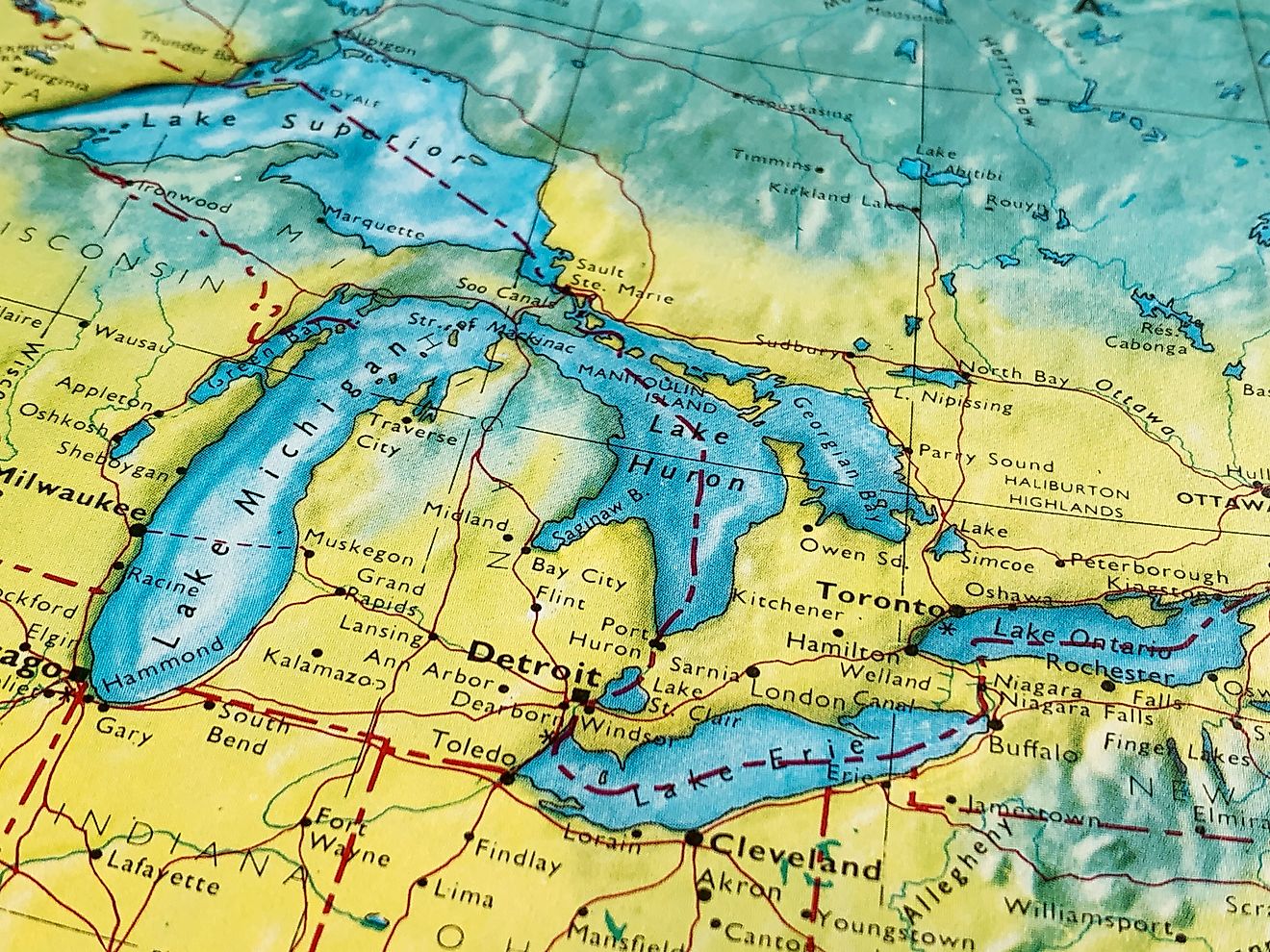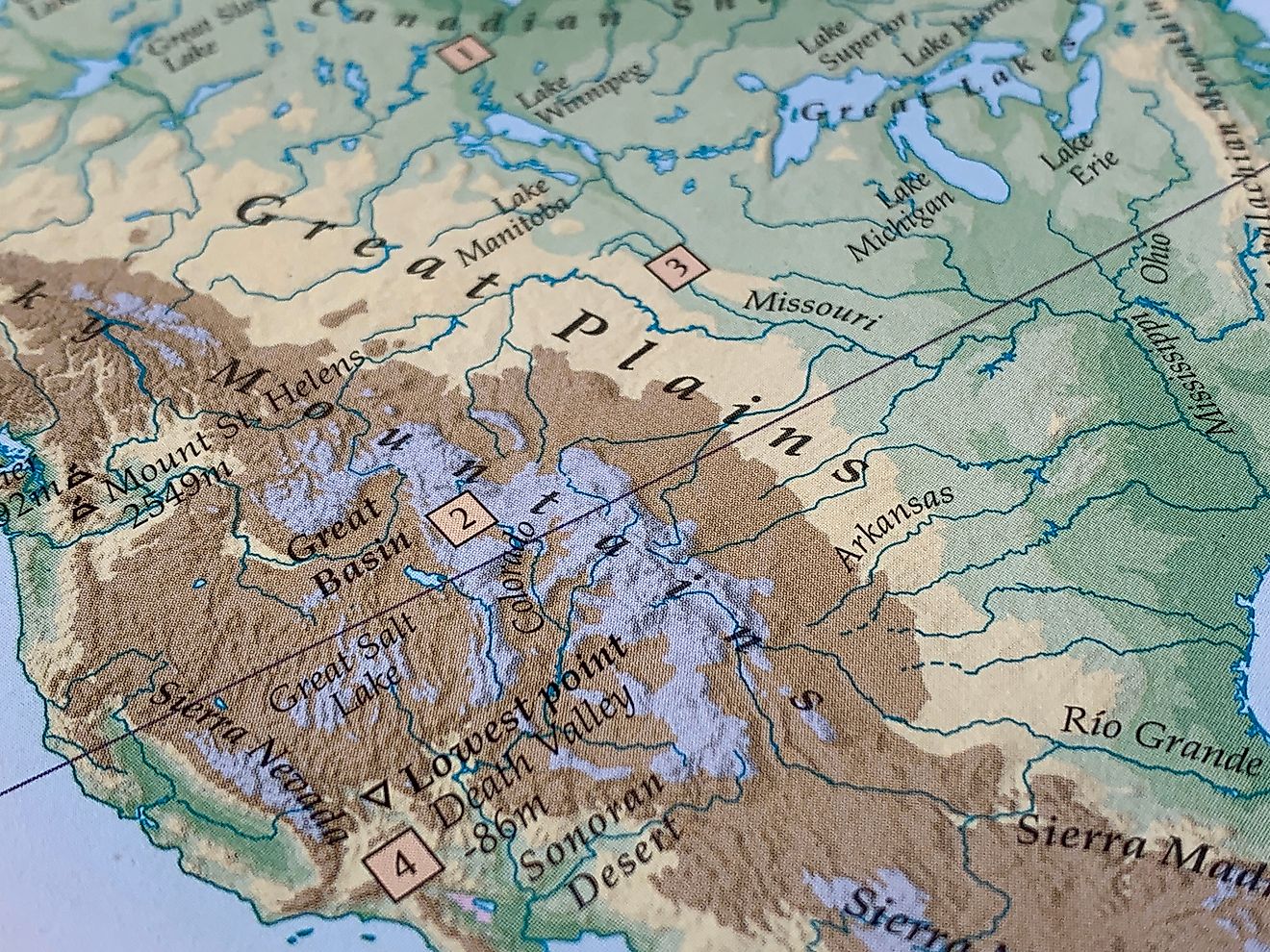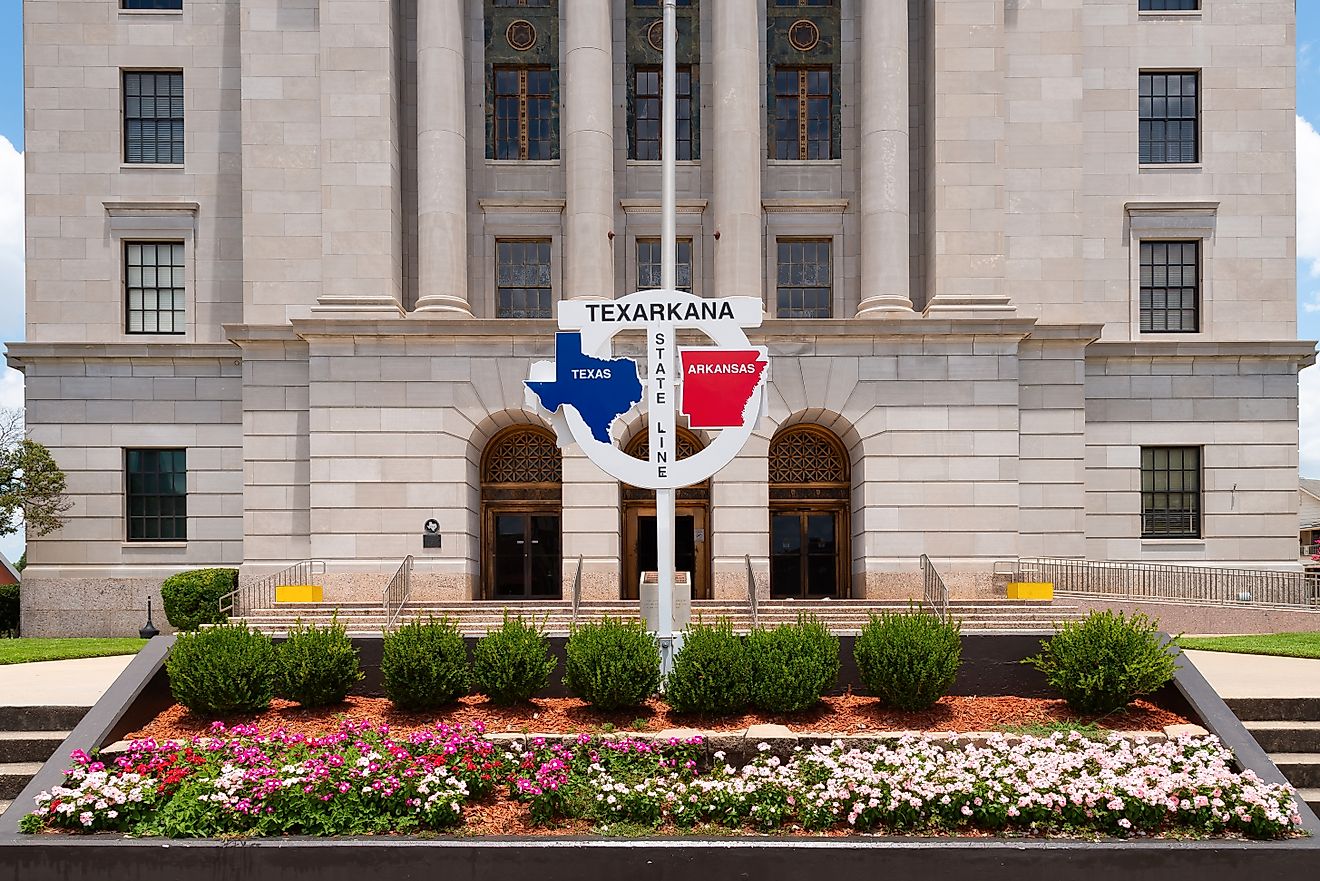
The Largest Dams in The United States
The United States is a realm of monumental constructions and breathtaking landscapes awaiting exploration! Delve into an adventure to uncover some of the largest dams in the country. These marvels of engineering showcase human ingenuity while playing vital roles in our environment, economy, and tourism. Whether you're an engineering enthusiast, environmental advocate, or avid traveler, deepen your understanding and admiration of these remarkable structures.
Dams play pivotal roles in modern society, from flood control to hydroelectric power generation. Join us as we explore the largest dams in the US, examining their scale, environmental significance, and distinctive attributes.
Hoover Dam
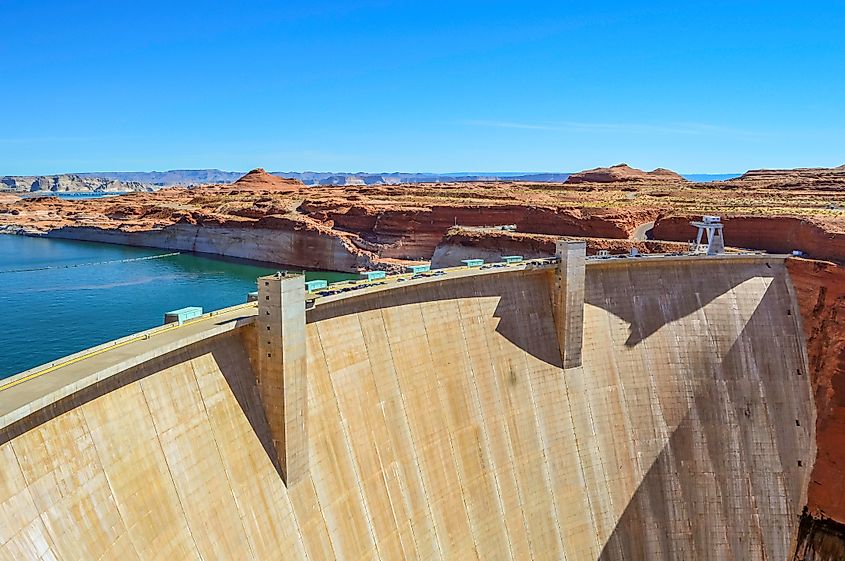
Hoover Dam, a symbol of American engineering, sits between Nevada and Arizona. Completed in 1935, this massive structure stands 726 feet tall and stretches 1,244 feet across the Black Canyon of the Colorado River. Initially called Boulder Dam, it was renamed to honor President Herbert Hoover.
The dam's main purposes are flood control, irrigation, and hydroelectric power generation. It also created Lake Mead, the largest reservoir in the US by volume when full. Beyond its practical uses, Hoover Dam draws nearly a million visitors each year, who come to appreciate its Art Deco design, massive concrete structure, and scenic views of the desert landscape. Its historical importance and impressive architecture make it a must-see landmark and a testament to the skill and determination of early 20th-century engineers and workers.
Grand Coulee Dam
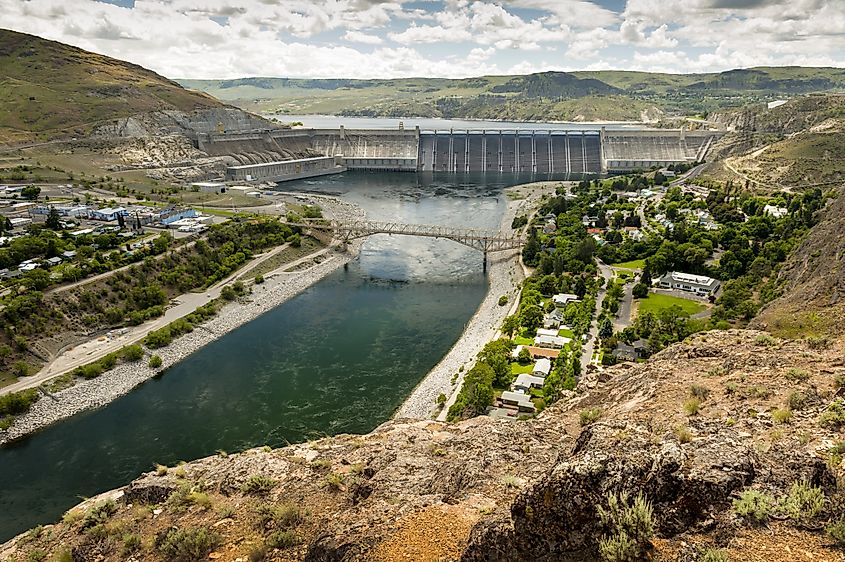
Grand Coulee Dam, on the Columbia River in Washington State, is one of the largest concrete structures and hydroelectric power facilities in the US. Completed in 1942, it stands 550 feet tall. It spans 5,223 feet across, making it an engineering marvel. The dam was initially built to provide irrigation water and hydroelectric power, greatly boosting the local agricultural economy.
Today, Grand Coulee Dam generates over 21 billion kilowatt-hours of electricity annually, supplying power to several states in the Pacific Northwest. It has also created Lake Roosevelt, a major recreational area covering over 150 miles of the Columbia River. The lake is popular for boating, fishing, and camping, attracting many tourists each year. Grand Coulee Dam's massive size and vital role in energy production make it a key landmark in America's infrastructure and environment.
Oroville Dam

The Thermalito Power Canal in Oroville, Butte County, North California.
Oroville Dam, located in Northern California on the Feather River, is the tallest dam in the US, standing at 770 feet. Completed in 1968, this earthfill dam serves many important functions, including water supply, hydroelectric power generation, and flood control. The dam creates Lake Oroville, which is crucial to California's State Water Project, providing water to millions of residents and agricultural lands. Hydroelectricity from Oroville significantly contributes to the state's renewable energy supply.
In 2017, the dam faced a major crisis when damage to its spillways led to the evacuation of over 180,000 residents, emphasizing the need for ongoing maintenance and safety checks. Despite this incident, Oroville Dam remains a vital part of California’s water management and energy systems, essential to both local and state needs.
Fort Peck Dam
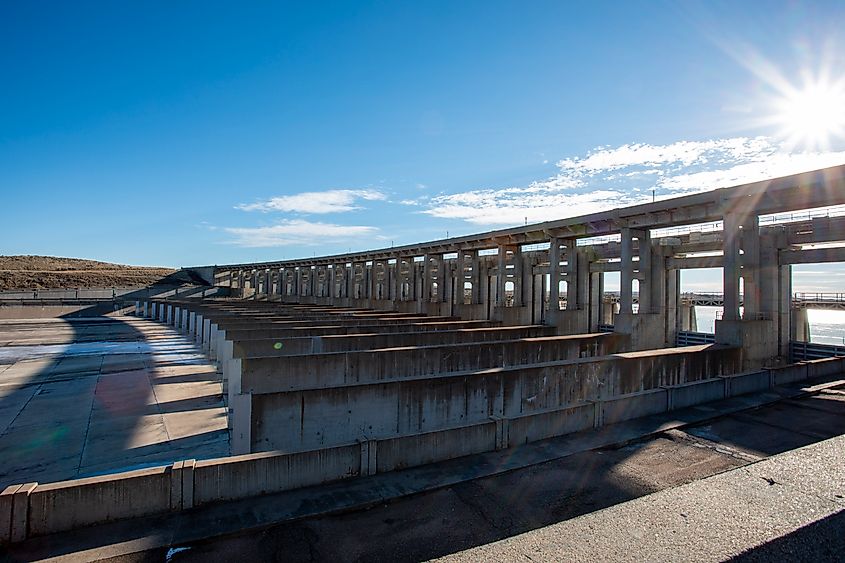
Fort Peck Dam, located in northeastern Montana on the Missouri River, is one of the largest earthfill dams in the world. Completed in 1940 as part of the New Deal, it stands 250 feet high and spans 21,026 feet across. The main purposes of Fort Peck Dam are flood control, hydroelectric power generation, and water storage for irrigation. The reservoir, Fort Peck Lake, is the fifth-largest man-made lake in the United States and offers recreational activities like boating, fishing, and camping.
The dam generates around 2.2 billion kilowatt-hours of electricity each year, supporting the region's renewable energy supply. Fort Peck Dam is not only an impressive feat of engineering but also a symbol of American resilience and innovation during a tough economic time. Its crucial role in regional water management and energy production highlights its lasting significance.
Shasta Dam
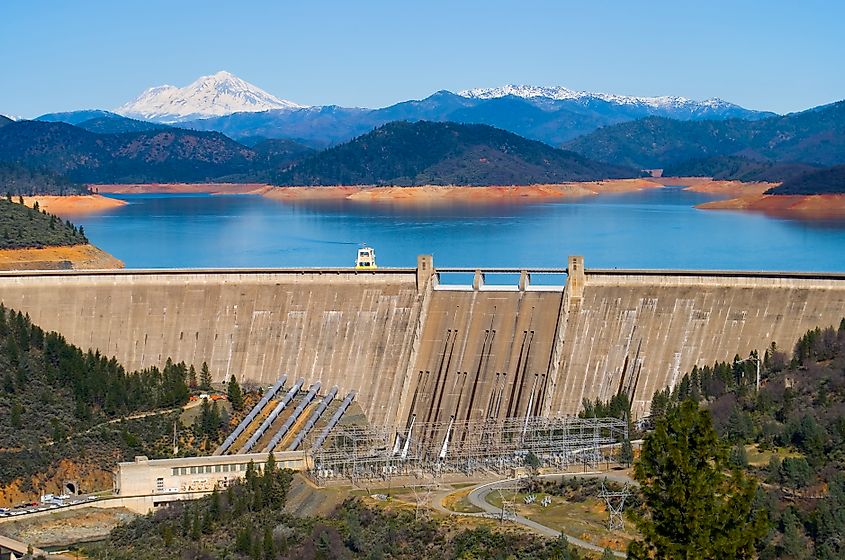
Shasta Dam.
Shasta Dam in Northern California is a key part of the state's water management system. Completed in 1945, it stands 602 feet tall and stretches 3,460 feet across the Sacramento River. The dam forms Shasta Lake, the largest reservoir in California, and is crucial for water storage, hydroelectric power, and flood control.
Shasta Dam generates around 4.5 billion kilowatt-hours of electricity each year, contributing greatly to the regional power grid. The reservoir also supports farming and attracts millions of visitors annually for boating, fishing, and camping. However, Shasta Dam has impacted fish populations and river ecosystems. Efforts are ongoing to balance these environmental concerns with the dam's essential functions, ensuring it remains vital in California's water strategy.
Garrison Dam
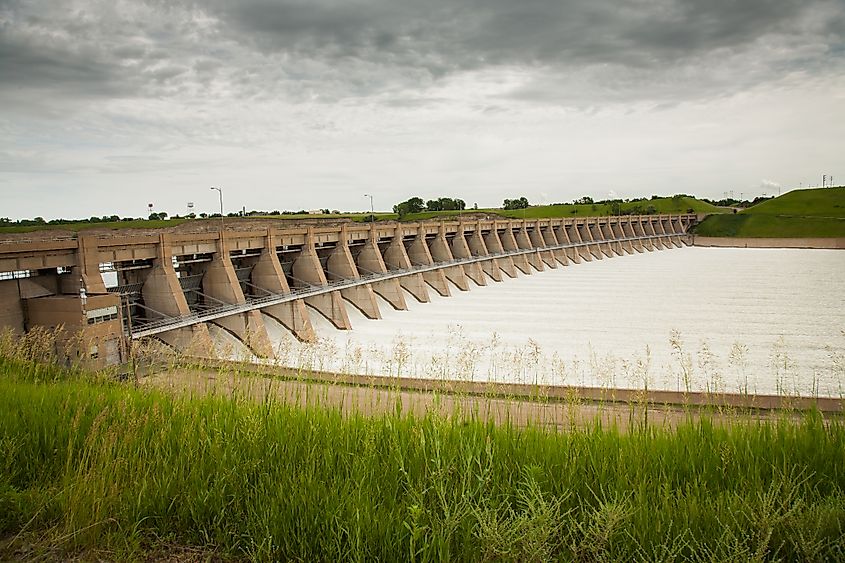
The Garrison dam is an earth-fill embankment dam on the Missouri River in central North Dakota.
Garrison Dam, on the Missouri River in North Dakota, is the fifth-largest earthen dam in the world. Finished in 1953, it stands 210 feet high and spans 11,300 feet. The dam creates Lake Sakakawea, one of the largest man-made reservoirs in the US, offering water storage, flood control, and hydroelectric power. The dam's power plant produces around 2.2 billion kilowatt-hours of electricity each year, supporting the regional power grid.
However, building Garrison Dam flooded large areas, impacting local Native American communities and their ancestral lands. Wildlife habitats were also changed, leading to various environmental mitigation efforts. Today, Lake Sakakawea is a popular spot for recreation, including boating, fishing, and camping. Garrison Dam remains crucial for North Dakota's water management and renewable energy production, balancing ecological concerns with its benefits.
Bonneville Dam
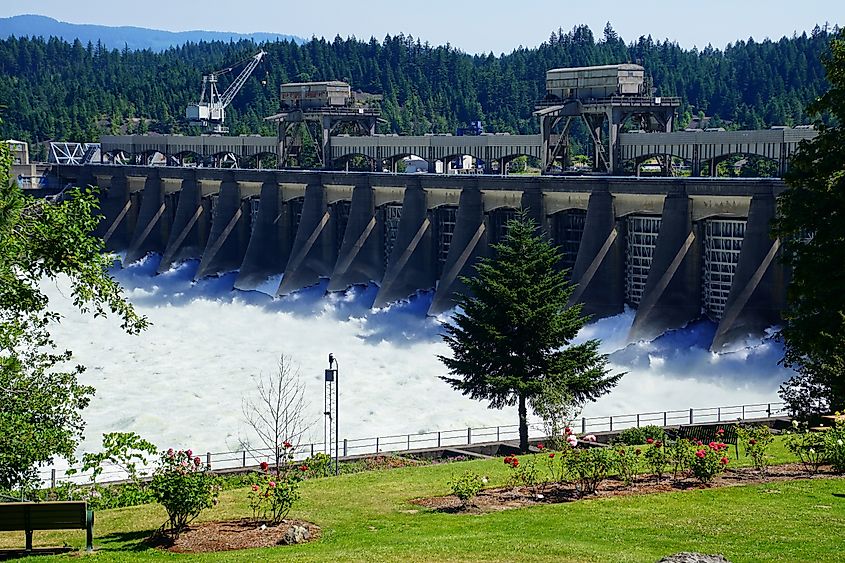
Water spills through the turbines of the Bonneville Dam on the Columbia River in Oregon.
Bonneville Dam, located on the Columbia River between Oregon and Washington, was completed in 1938 as one of the first major New Deal projects. It stands as a testament to early 20th-century engineering, spanning 2,690 feet and featuring locks, fish ladders, and powerhouses. Bonneville Dam is crucial for hydroelectric power, generating about 5 billion kilowatt-hours of electricity each year. It also aids navigation by allowing vessels to bypass the river's natural rapids through its lock systems. The fish ladders help reduce the dam's impact on migratory fish like salmon. The Bonneville Lock and Dam Historic District offers visitors a chance to learn about the dam's history and operations, making it an important piece of infrastructure and a cultural and educational landmark.
Human Ingenuity and Nature’s Force
The largest dams in the United States are not just impressive engineering achievements; they are crucial parts of our infrastructure. They provide hydroelectric power, control floods, and support irrigation, significantly impacting our daily lives and the environment.
If you are interested in their engineering, concerned about their environmental effects, or planning to visit these massive sites, the importance of these dams is clear. We encourage you to learn more and perhaps visit these marvels in person. To understand how these structures shape our world, consider taking local tours, visiting museums, and exploring educational centers. Safe travels and happy learning!
